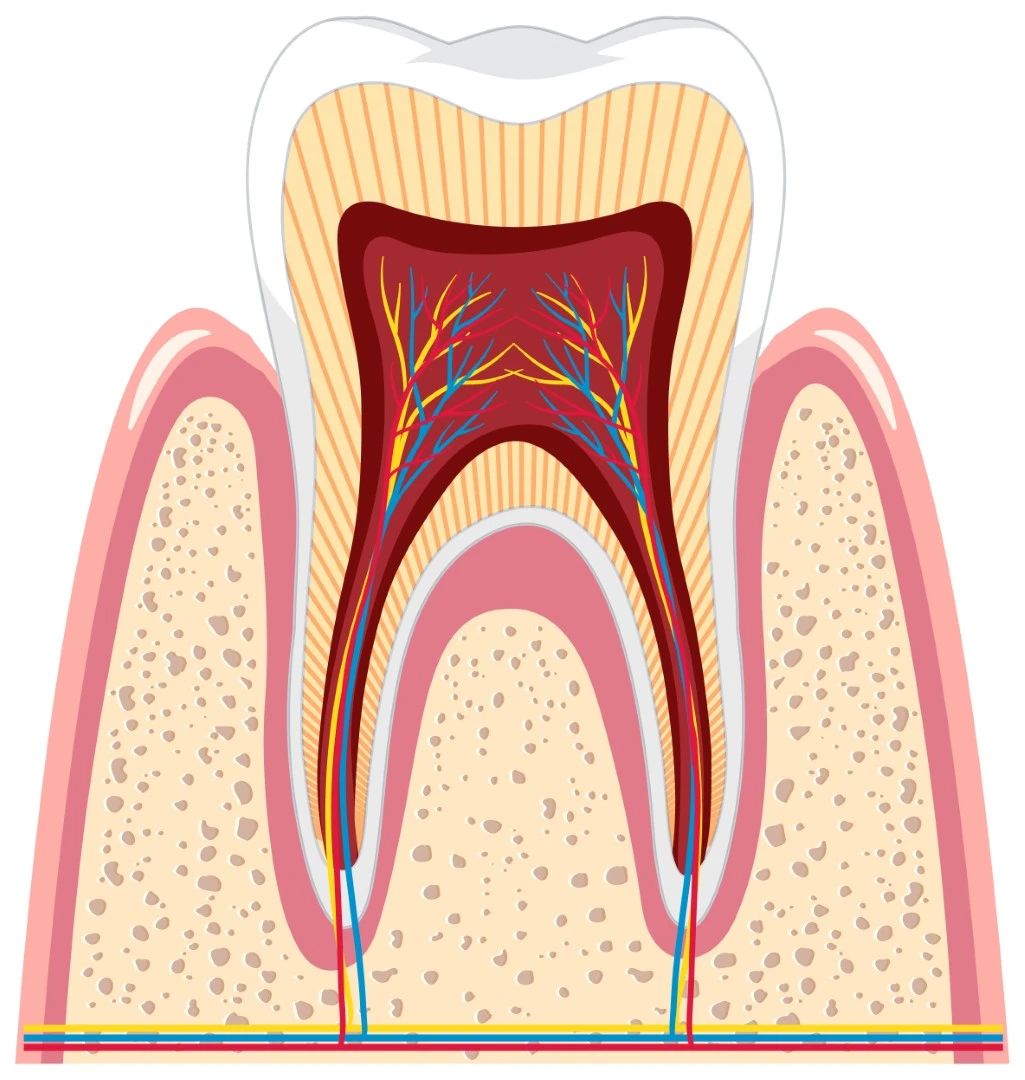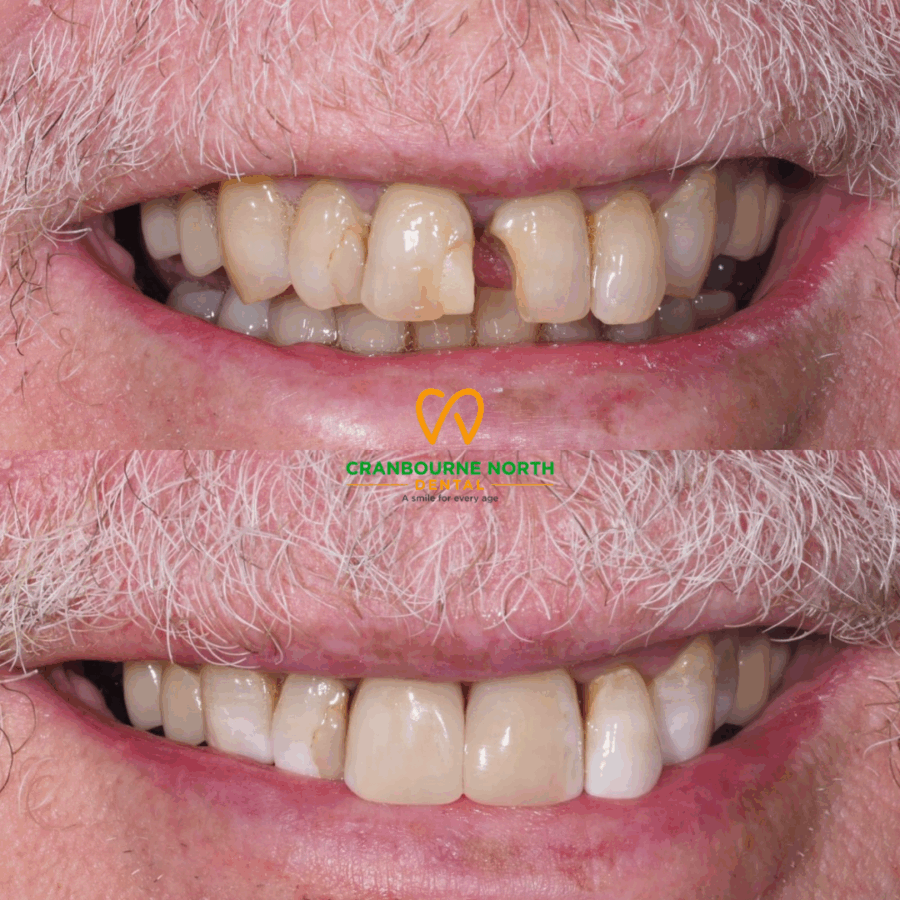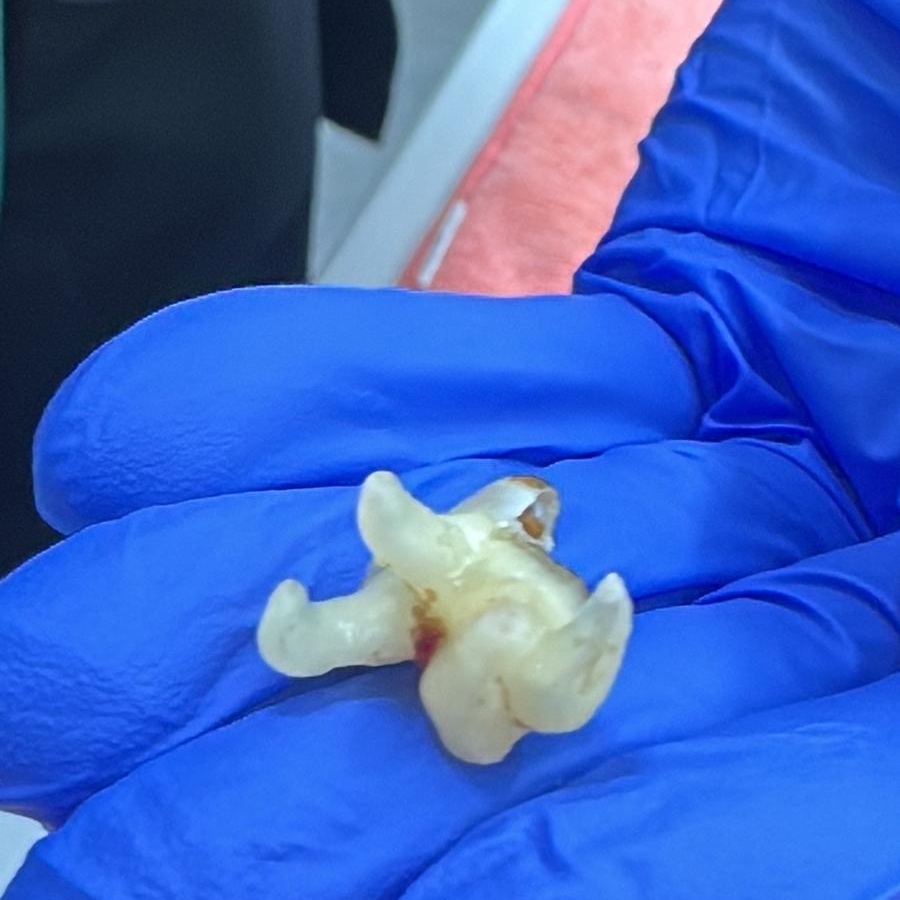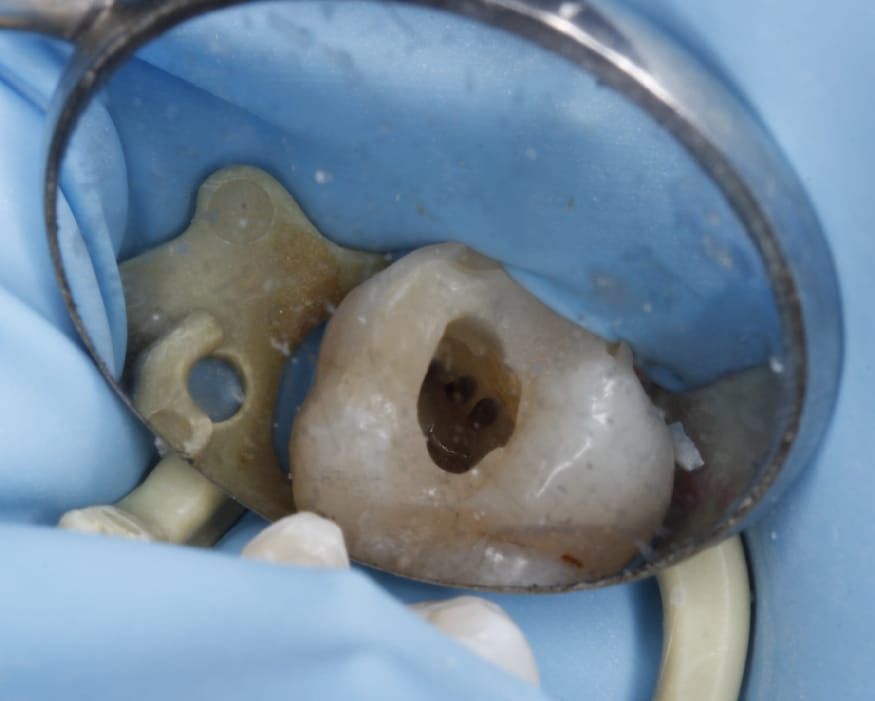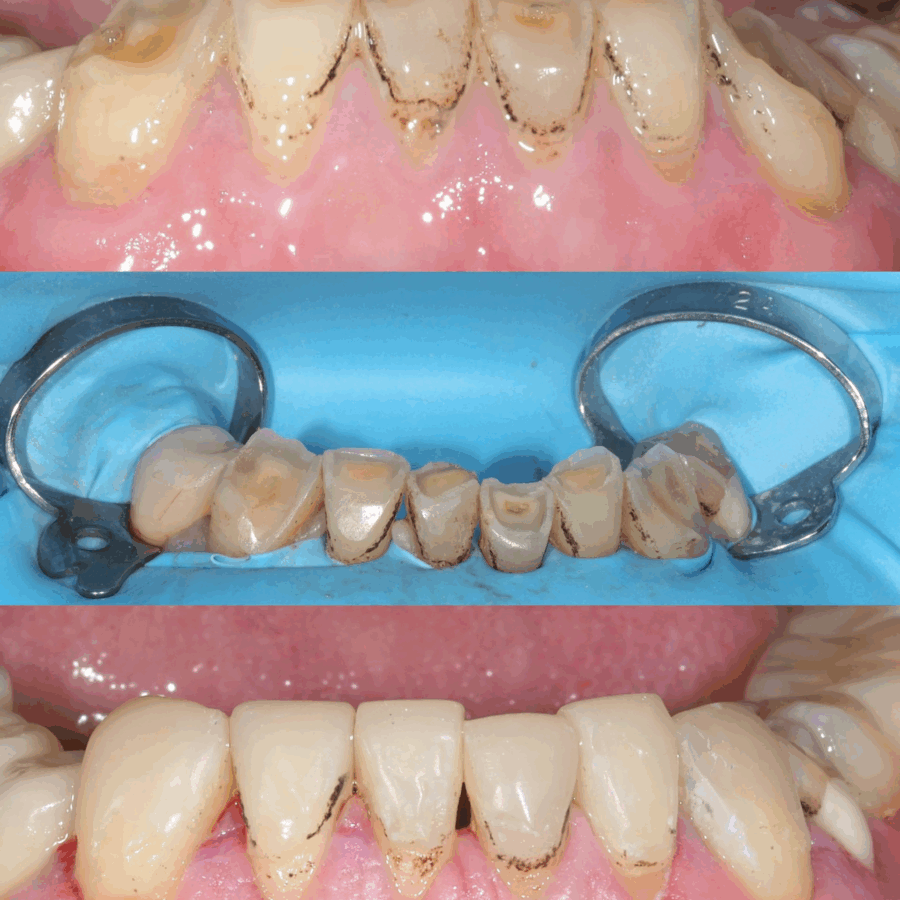Pulpotomy
A pulpotomy is a common and effective dental treatment primarily used for baby teeth (primary teeth) when decay has reached the nerve but hasn’t spread to the entire root. It’s an important procedure that helps preserve the baby tooth, maintain proper spacing for the adult tooth, and relieve pain or discomfort for your child.
What Is a Pulpotomy?
A pulpotomy is a specialised dental procedure that removes the top portion of the tooth’s nerve tissue (pulp), located above the root canals.
It’s usually performed when dental decay has progressed into the nerve of a baby tooth or close to it, but has not infected the entire nerve system.
By removing the inflamed portion of the pulp and sealing the area, a pulpotomy allows the remaining healthy nerve tissue to stay alive, keeping the tooth functional and pain-free.
How Do I Know If My Child’s Tooth Needs a Pulpotomy?
Your child’s dentist will assess the tooth through:
A thorough dental examination
X-rays
Additional testing if required
When Is a Pulpotomy Needed?
A pulpotomy is recommended when:
The cavity has just reached or is about to reach the pulp (the “heart” of the tooth where the nerve sits)
The tooth may be asymptomatic, or
The child may experience pain or discomfort while chewing, but the pain stops shortly after
When Is a Pulpotomy Not Suitable?
A pulpotomy is not suitable when:
There is lingering or severe pain, especially spontaneous pain at night requiring painkillers
There are signs of infection, such as swelling or abscesses
The X-ray shows that the infection has reached the roots
Any visible or radiographic sign of infection automatically disqualifies the tooth from having a pulpotomy. In such cases, an extraction may be required.
How Is a Pulpotomy Done?
The procedure is designed to be comfortable and painless for your child.
Step 1: Anaesthetic and Isolation
The tooth is numbed with local anaesthetic, ensuring your child doesn’t feel any discomfort.
A rubber dam (protective sheet) is placed to isolate the tooth and keep the area clean and dry.
Step 2: Cleaning and Access
All decay is carefully removed from the tooth.
The dentist then accesses the pulp chamber and exposes the nerve tissue.
Bleeding of the pulp is expected at this stage — this helps determine the tooth’s condition.
Step 3: Assessment of the Pulp
A small cotton pellet is placed on the pulp for a few minutes.
If bleeding stops, it indicates that the pulp tissue is healthy and suitable for a pulpotomy.
If the tooth continues bleeding, it means the pulp is irreversibly inflamed, and a pulpotomy cannot be performed. In that case, other treatments such as an extraction may be recommended.
Step 4: Placement of Medication and Crown
Once confirmed suitable, a restorative medicine such as Mineral Trioxide Aggregate (MTA) is placed inside the pulp chamber.
The tooth is then sealed to prevent bacterial contamination.
A Stainless Steel Crown (SSC) is placed on top of the tooth to protect it and restore function. This provides a strong, durable seal and prevents future decay or fracture.
How to Prevent the Need for a Pulpotomy
Preventing cavities early can help avoid the need for pulpotomy or more complex procedures. Here are some key tips:
Regular dental check-ups from an early age to detect issues early
Brushing twice daily with a fluoridated children’s toothpaste
Flossing once daily to clean between teeth
Limiting processed and sugary foods or drinks
Seeking treatment promptly if your child complains of tooth pain or sensitivity
Early intervention is the best way to avoid more invasive procedures later.
Call Us or Book Online Now
Frequently Asked Questions For Pulpotomy (Partial Tooth Nerve Removal)
Can You Do a Pulpotomy on a Permanent Tooth?
Yes, but it depends on the situation. In some trauma cases, a partial pulpotomy may be performed using MTA.
However, in most cases where the roots of the adult tooth are fully formed, a pulpotomy is not viable and a Root Canal Treatment may be required instead.
How Long Does a Pulpotomy Take?
A pulpotomy usually takes 30–40 minutes, depending on the tooth’s condition and your child’s comfort level during the procedure.
What Is a Cvek Pulpotomy?
A Cvek pulpotomy (also called a partial pulpotomy) is performed when the nerve is exposed — often due to trauma.
Only a few millimetres of pulp tissue are removed, and the process is similar to a regular pulpotomy.
This is only performed on permanent teeth and, with new bio-compatible materials, even more conservative options may now be available.
What Is the Difference Between a Pulpotomy and a Pulpectomy?
A pulpotomy removes only the top portion of the pulp inside the crown of the tooth.
A pulpectomy (similar to a root canal treatment on a baby tooth) removes all the nerve tissue, cleans the tooth roots, and fills them with a special resorbable root-filling material. This procedure is not commonly done.
What Is an Alternative to a Pulpotomy?
If a pulpotomy is not possible due to infection or irreversible inflammation, the alternative is tooth extraction.
Leaving an infected tooth untreated, even if asymptomatic, can:
Lead to damage to the developing adult tooth
Cause facial swelling or abscesses
In rare cases, contribute to serious infections such as septicaemia

